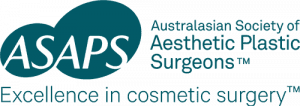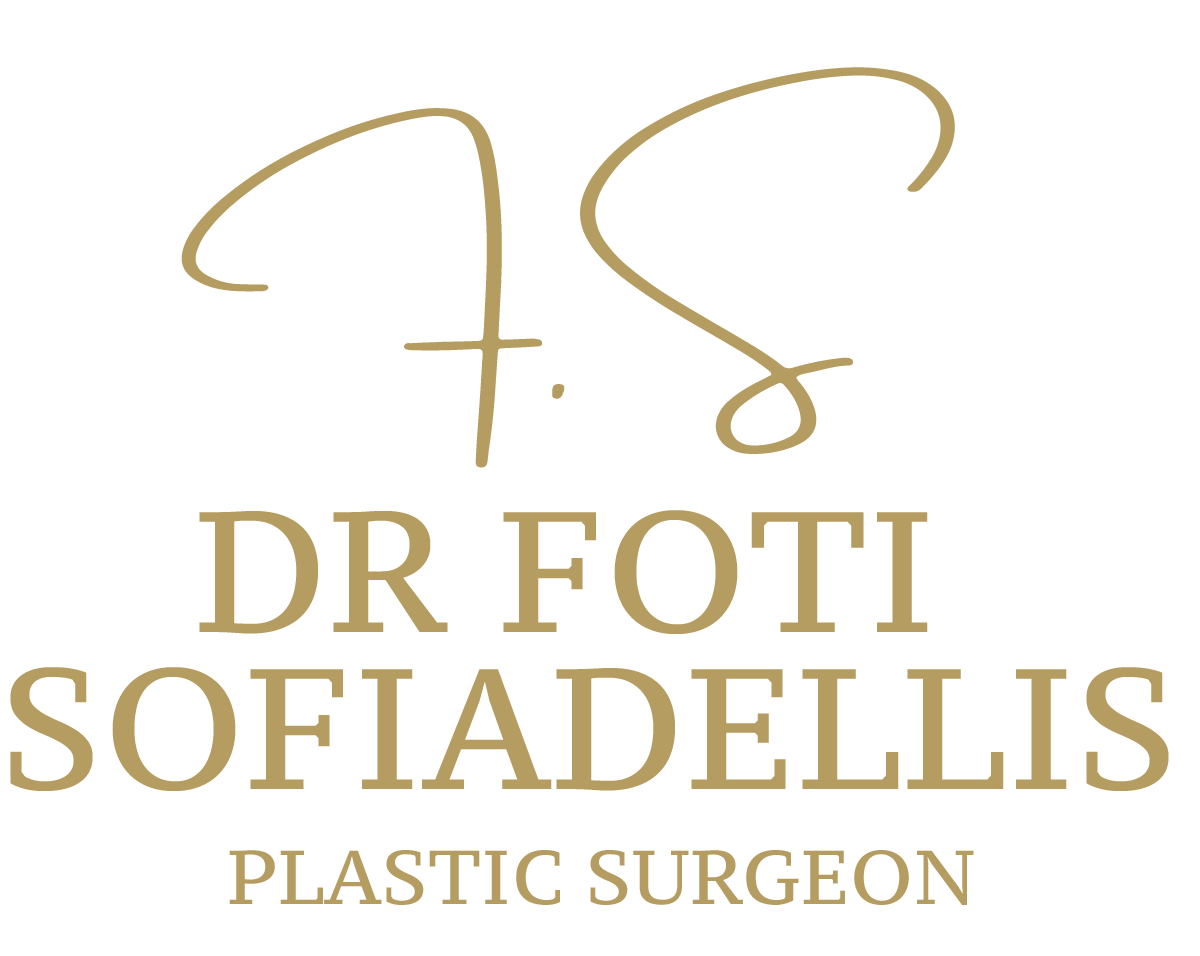Breast Surgery
Breast surgery
Breast augmentation is a surgical procedure to increase breast size by placing breast implants or fat around the breast tissue. This procedure can be utilised for both aesthetic and reconstructive purposes, helping women to feel more confident in their appearance or rebuild their breasts after certain conditions. However, it is important to note that breast augmentation is a significant surgical procedure with potential risks and complications.
Individuals considering breast augmentation should consult a board-certified plastic surgeon to fully understand the procedure, including potential risks, complications, and necessary follow-up care. Some of the reasons for breast augmentation include enhancing breast size or shape, addressing asymmetry, restoring breast volume after pregnancy or weight loss, or correcting uneven breasts after previous surgery.
Potential risks associated with breast augmentation include unfavourable scarring, bleeding, infection, poor healing of incisions, changes in nipple or breast sensation, capsular contracture (the formation of scar tissue around the implant), implant leakage or rupture, wrinkling of the skin over the implant, and anaesthesia risks. Additionally, there is a possibility of revision surgery and, in rare cases, deep vein thrombosis and cardiac and pulmonary complications.
It’s important to note that breast augmentation is not an exact science, and the degree of surgical success can vary depending on how each individual’s body responds to surgery and healing.
It is essential for individuals with breast implants to be vigilant about monitoring their breasts and implants for any changes and to engage in ongoing follow-up visits and appropriate screening tests to detect and address potential complications related to breast augmentation surgery. It is also essential to have open and honest conversations with your plastic surgeon about any concerns or questions you may have before, during, and after the procedure.
It is essential to be well-informed and fully understand the risks and benefits of breast augmentation before undergoing the procedure. During your consultation with Dr Foti, you will discuss your preferences for the size, feel, and appearance of your breasts, as well as the different types of implants and surgical techniques available. You should also review and keep copies of any written information provided by the implant manufacturer you will be receiving.
It is important to remember that breast augmentation will not prevent your breasts from sagging and that the average lifespan of an implant is around 10 years. Additionally, breastfeeding may be a challenge for some women after the surgery. Insurance will not cover breast augmentation unless it is medically necessary, so you should be prepared to cover the costs yourself. If you decide to have your implants removed in the future, additional surgery may be needed to restore the appearance of your breasts. We recommend a breast MRI to screen for silicone implant rupture, and you may need a baseline mammogram before the surgery. If you smoke, you will be asked to stop smoking for a certain period before and after the surgery.
It is also essential to arrange for someone to drive you home after the surgery and stay with you for the first night. It is essential to follow the instructions of Dr Foti and the medical team to ensure the best outcome and recovery.
What you can expect
Breast augmentation incision sites
Placement of breast implants
During the breast augmentation procedure, commonly referred to as augmentation mammoplasty, the plastic surgeon will make an incision in one of three locations: the crease under the breast (inframammary), under the arm (axillary), or around the nipple (periareolar). The surgeon will create a pocket, either behind or in front of the chest wall muscle, and insert the breast implant. The implant can be filled with either sterile salt water (saline) or silicone gel. The incision will then be closed, typically with sutures, and bandaged with skin adhesive and surgical tape.
Post-operative care includes managing pain and swelling and wearing a compression bandage or sports bra for support and positioning of the breast implants. It is essential to follow the surgeon’s instructions for returning to regular activities and avoiding strenuous activity for at least two weeks while the breasts heal. Follow-up appointments may be necessary to remove non-absorbable sutures or drainage tubes. Any signs of infection, such as warmth and redness in the breast or fever, should be reported to the surgeon immediately.
It is important to keep realistic expectations for the surgery results and be aware that the breasts will continue to age and may be affected by weight gain or loss. Additionally, there is the possibility of revision surgery if dissatisfaction with the appearance of the breasts occurs. It is also essential to discuss the potential risks and complications of the procedure with the surgeon and to have a thorough understanding of the surgery before proceeding.
Dr Sofiadellis has appointments in major public and private Melbourne hospitals.







Address
Contact
hours
Monday - Friday 9am - 6pm
social media
Copyright © Dr Foti Sofiadellis


